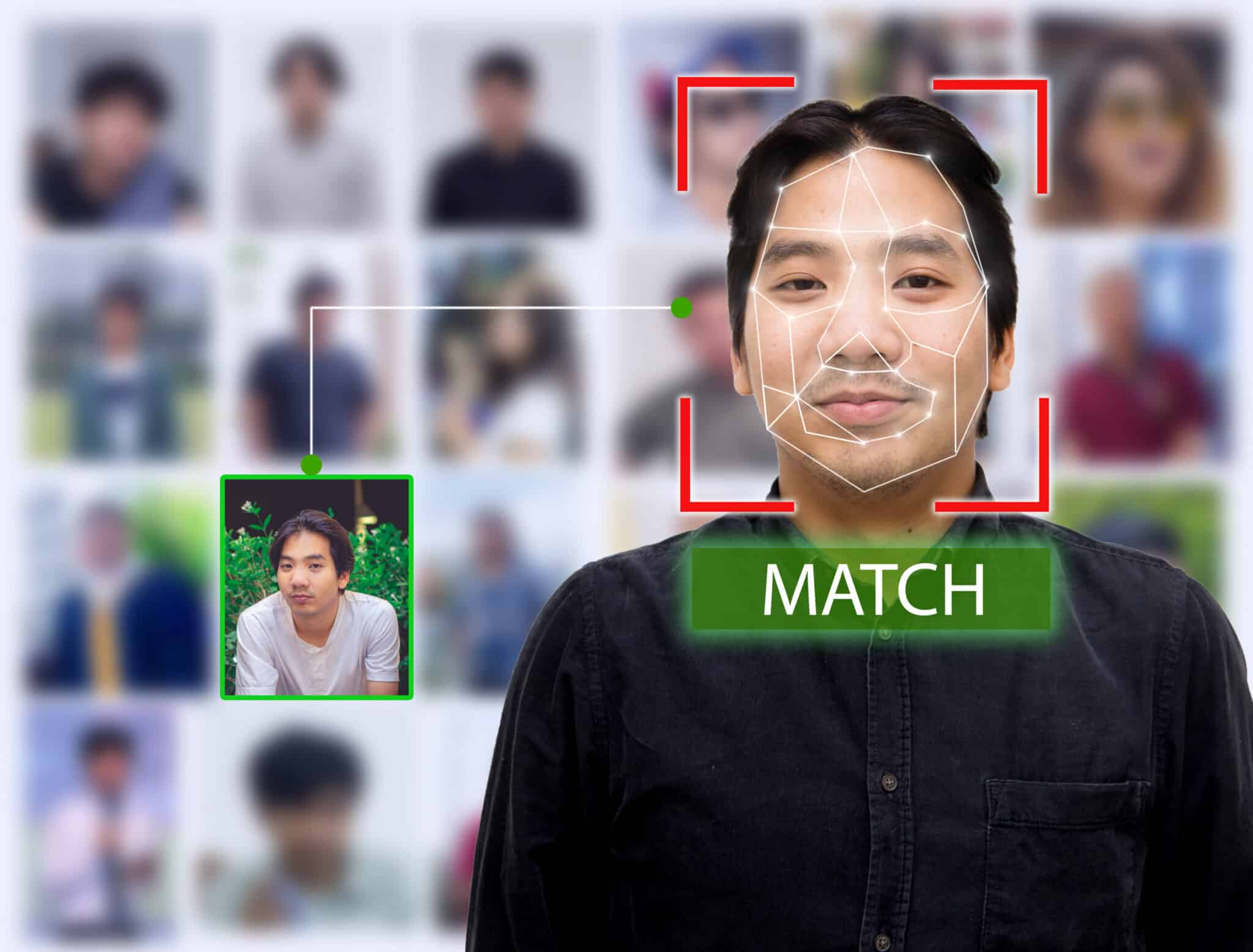An expert report commissioned by AlgorithmWatch, a European digital rights organization, has pointed out the technical and legal issues with a move by Germany to expand police powers by allowing the matching of faces against photos publicly available on the internet.
There’ve been discussions in Germany in this regard as authorities are considering legislation that will make it possible for the police to conduct live biometric facial searches against online photos on social media platforms like Facebook, Instagram or LinkedIn.
The idea, which has been explored at many levels of government and also criticized means, for instance, that the police can identify an unknown suspect from surveillance camera footage by matching their live faces against internet photos.
While German authorities believe this can be done without necessarily creating a database, the technical report recently released thinks that’s not feasible.
In the report, its author and information scientist Professor Dirk Lewandowski argues that any practical system for such matching actually requires the creation of a database containing pre-collected and pre-processed facial data.
He points out that beyond the computational infeasibility of matching faces directly with random photos on the internet through live web searches, especially for one-to-many searches, creating a database for that purpose also contravenes some provisions of the EU AI Act.
Lewandowski explained that it is only technically possible to perform such live face-matching against stored biometric templates because no viable method exists to conduct large-scale facial recognition against public internet images without having in place a database.
Further explaining the aspect of the EU AI Act violation, the report notes that the legislation bans real-time remote biometric identification in public spaces by law enforcement unless that is strictly necessary and authorized for specific serious crimes.
It adds that the Act also prohibits the creation of facial recognition databases through indiscriminate scraping of publicly available images, meaning that any law in German that would that would allow the police to match faces of crime suspects against social media or other public web images, or event from a dedicated database, would violate the EU Act. The author cites the example of image search engine PimEyes which has been criticized for its reliance on databases of scrapped images, although its owners have defended the “ethical use” of the website.
The technical report is viewed as another step in efforts to prevent the normalization of mass biometric surveillance and to uphold digital rights standards prescribed by the EU.
Live facial recognition systems in use by police in other countries like the UK have also faced sharp criticisms especially over concerns related to data security and privacy.
Similar concerns are also being raised in Asia where facial recognition systems are increasingly being deployed to guarantee the safety of railway and metro passengers in that part of the world.
Related Posts
Article Topics
AI Act | biometric database | biometric matching | biometrics | facial recognition | Germany | police
Latest Biometrics News
The money is rolling in for agentic AI. According to a recent piece by Eugeny Malyutin, head of large language…
The FIDO Alliance, in collaboration with digital identity consultancy Liminal, has unveiled the Passkey Index — a new benchmarking tool…
Dashlane and Yubico have announced a strategic partnership to deliver passwordless, phishing-resistant login for Dashlane users. The integration allows personal…
Yoti has announced a new partnership with British American Tobacco (BAT) and the island of Jersey’s largest retailer, the Channel…

